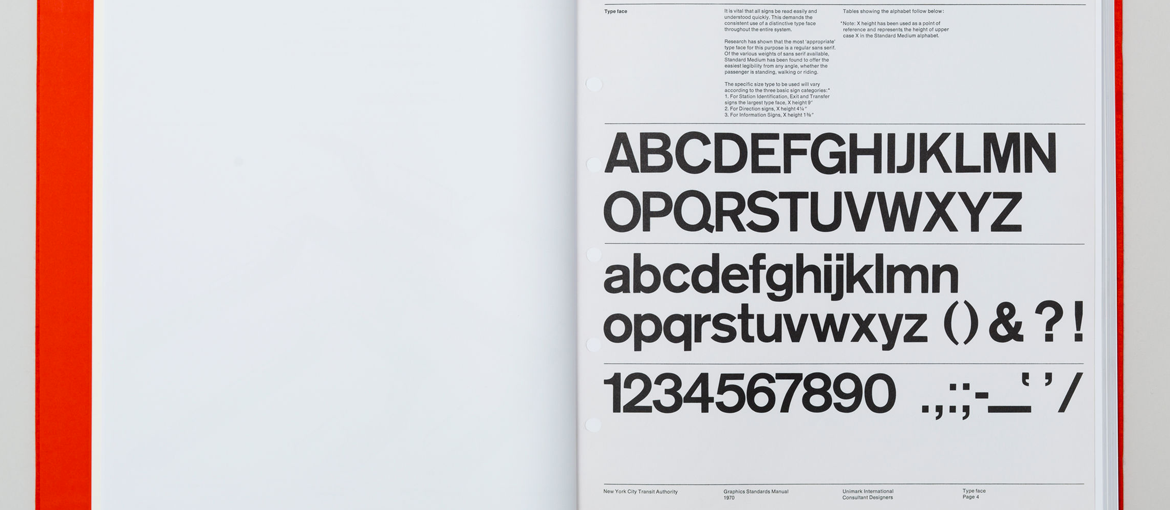Helvetica: the tale of one of the most cherished typefaces for brands
Opinions on it diverge sharply: Helvetica stands as one of the most prevalent fonts globally, embraced in advertising, publishing, and urban signage alike. What factors underpin its widespread adoption, and how has it evolved through the years?
In this piece, we embark on a journey from its inception in 1957 to explore the evolutionary milestones that have propelled it, through various refinements, to become the preferred typeface for numerous global brands.
The Genesis of Helvetica Font
As its name suggests, Helvetica emerged from Switzerland when Eduard Hoffmann, the director of the Haas foundry in Münchenstein, engaged freelance designer Max Alfons Miedinger to craft a novel typeface. Hoffmann’s aim was to rival the success of Akzidenz Grotesk, a typeface launched by competitor H.Berthold AG.
In 1957, Miedinger introduced a new character set, christening it Neue Haas Grotesk. It featured a sans-serif design with a linear, unadorned elegance that facilitated exceptional readability.

From a technical standpoint, Neue Haas Grotesk possessed distinct characteristics, notably the equilibrium between the negative space surrounding the letters and the lines composing them. Its design primarily unfolded in horizontal or vertical directions, eschewing diagonal elements, thereby achieving a bold yet neutral visual impact.
The Influence of Mike Parker
In 1959, Mike Parker assumed the directorship of Mergenthaler Linotype Company, a US-based firm that marketed the Linotype letterpress, pioneering automatic type line composition. Tasked with enriching the company’s font library, Parker oversaw the addition of nearly a thousand fonts from 1959 to 1981, often adapting existing fonts to suit Linotype machines’ technical requisites.
In 1960, Parker opted to adopt Neue Haas Grotesk, enlisting Arthur Ritzel, a designer at D. Stempel AG (a German partner of Linotype Company), to overhaul and expand the font family. The revamped font was christened Helvetica, deriving its name from the Latin “Helvetia,” meaning Switzerland.

Thereafter, Helvetica burgeoned into an emblem of Swiss design, lauded for its understated elegance and functionality, gracing numerous billboards and advertising posters across Europe and the US during the 1960s and 1970s.

In the late 1960s, designers Massimo Vignelli and Bob Noorda chose Helvetica to craft the new signage for the New York subway and the Graphic Standards Manual, a revered identity guide in graphic design history. Vignelli’s persistent use of this font became one of his trademarks, significantly enhancing Helvetica’s global renown.

The First Redesign and Digital Era Entry
In 1983, Linotype’s graphic studio released Neue Helvetica, an updated rendition of the font featuring increased spacing between numbers and more prominent punctuation marks to bolster readability.
The subsequent year, Steve Jobs opted to include Helvetica among the fonts featured in the inaugural Macintosh, heralding the digital dissemination of the typeface.
The Beloved (and Detested) Typeface among Designers
What attributes propelled Helvetica to success? Its versatility, contemporary aesthetic, and unpretentious elegance made it suitable for diverse applications, from advertising posters to instruction manuals and art catalogs.
Conversely, its omnipresence in publishing and advertising graphics elicited critiques, branding it synonymous with standardization. Swiss type designer Bruno Maag, proprietor of Daalton Maag, a London-based foundry that has crafted fonts for prominent companies like Lush, Nokia, and HP, lamented Helvetica’s overuse in an interview with the Eye on Design website. Maag attributed its ubiquity to designers’ laziness and a predilection for safe choices, resulting in a homogeneity across brand identity designs.
Undoubtedly, Helvetica remains a staple in the communication campaigns and logos of numerous companies, including Lufthansa, Nestlé, Panasonic, Microsoft, BMW, and Jeep. Its digital version finds application in the user interfaces of social platforms like Facebook and Instagram.

In 2007, on its 50th anniversary, Helvetica took center stage in Gary Hustwit’s documentary “Helvetica,” accompanied by an exhibition titled “50 Years of Helvetica” at the Museum of Modern Art in New York.

The Future of Helvetica
In a 2012 article in Adweek magazine, Steve Hicks, then creative director of the US advertising agency McGarryBowen, predicted a surge in Helvetica’s usage. While his prophecy hasn’t fully materialized, Helvetica’s enduring relevance is apparent. In 2019, Monotype Studio initiated a significant redesign of the font, Helvetica Now, marking the most substantial overhaul since 1983.
Helvetica Now is available in three versions—Micro for small screens, Text for regular text, and Display for larger formats—each featuring weights ranging from fine line to extra black, totaling 48 variations. The redesigned font shapes offer enhanced spacing and readability, even on compact electronic devices.

The release of this updated version suggests that Helvetica’s journey is far from over; its future remains unwritten.

